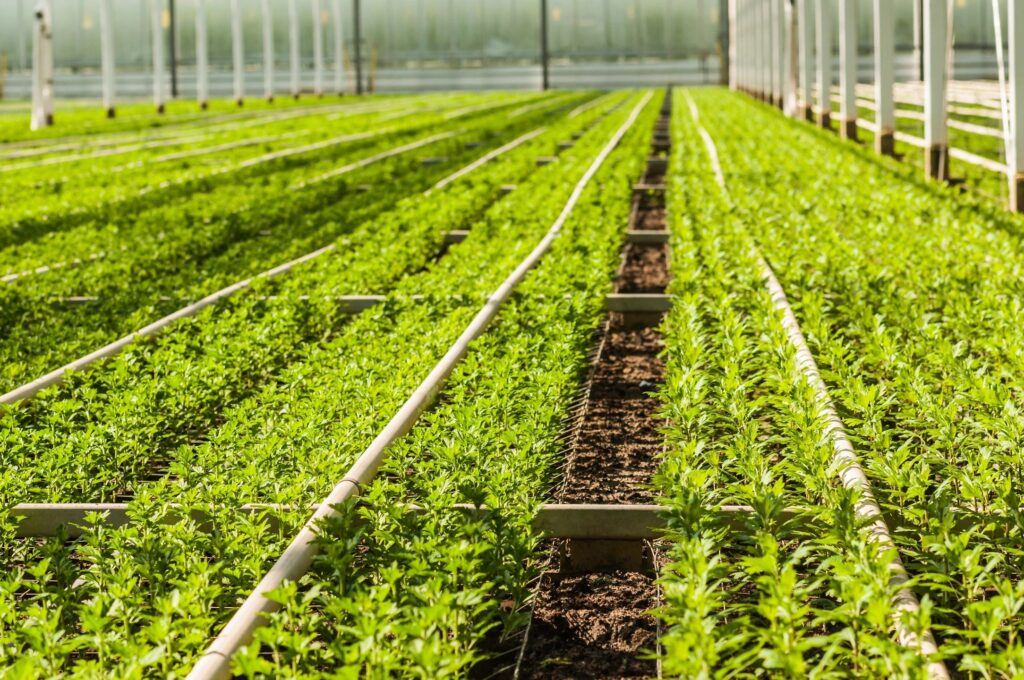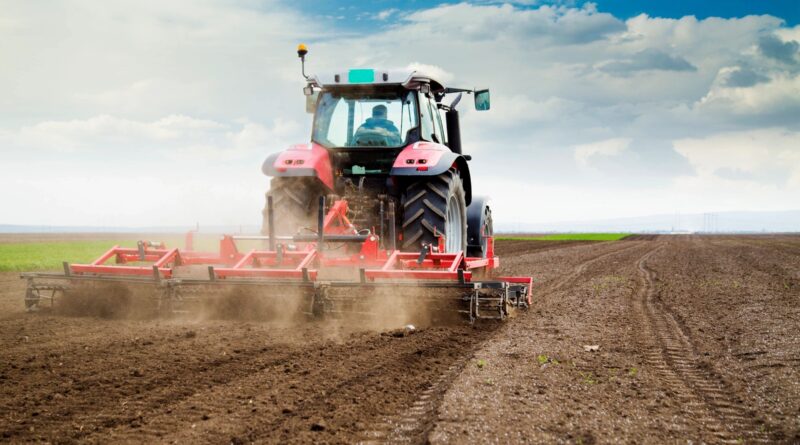Agricultural Exports and the Canadian Dollar: A Growing Connection
Canada, with its vast and fertile agricultural landscapes, has long been a key player in global food markets. The Canadian dollar (CAD), often referred to as the loonie, is deeply entwined with the nation’s agricultural sector, acting as both a reflection of its economic health and a crucial factor in shaping trade dynamics. This article explores the intricate relationship between agricultural exports and the Canadian dollar, examining how shifts in the agricultural industry influence the value of the loonie and, reciprocally, how currency fluctuations impact the competitiveness of Canadian agricultural products in the international market.
The Role of Agriculture in the Canadian Economy
Significance of Agriculture: Agriculture holds a prominent position in the Canadian economy, contributing to both GDP and employment. The sector encompasses a diverse range of products, including cereals, oilseeds, livestock, and forestry products. The agricultural industry is not only a source of domestic sustenance but also a major player in global trade.
Global Agricultural Exporter: Canada has consistently ranked among the top global exporters of agricultural products. The nation’s reputation for producing high-quality, safe, and sustainably sourced food has positioned it as a preferred supplier in international markets. Key export destinations include the United States, China, Japan, and various countries in Europe.
The Canadian Dollar’s Role in Agricultural Exports
Currency Exchange Rates and Competitiveness: The value of the Canadian dollar plays a crucial role in determining the competitiveness of Canadian agricultural exports. When the loonie is relatively strong, it can make Canadian products more expensive for foreign buyers, potentially impacting demand. Conversely, a weaker Canadian dollar can enhance the competitiveness of Canadian agricultural goods in global markets.
Impact of Exchange Rate Fluctuations: Exchange rate fluctuations can have significant implications for farmers, producers, and the broader agricultural industry. Sudden movements in the Canadian dollar can impact revenue, profit margins, and the overall economic viability of agricultural operations. As such, stakeholders closely monitor currency trends and factor them into business strategies.
Currency Hedging Strategies: Given the inherent volatility of currency markets, businesses engaged in agricultural exports often employ currency hedging strategies to manage risk. Forward contracts, options, and other financial instruments can be utilized to protect against adverse currency movements, providing a level of predictability in revenue streams.

Agricultural Commodities and the Canadian Dollar
Impact of Commodity Prices: The prices of key agricultural commodities, such as wheat, barley, canola, and beef, are closely linked to global market dynamics. Fluctuations in commodity prices can influence the overall economic health of the agricultural sector and, consequently, impact the Canadian dollar. For instance, a surge in global demand for Canadian wheat may lead to increased exports, positively affecting the loonie.
Energy Prices and Agriculture: Canada’s agricultural sector is also influenced by energy prices, particularly given the importance of fuel in farming operations and transportation. The Canadian dollar’s correlation with energy prices, especially oil, adds another layer of complexity to the relationship between agriculture and the currency.
Trade Agreements and Agricultural Exports
Role of Trade Agreements: Trade agreements play a pivotal role in facilitating the export of Canadian agricultural products. Agreements such as the Canada-United States-Mexico Agreement (CUSMA), the Comprehensive and Progressive Agreement for Trans-Pacific Partnership (CPTPP), and others provide Canadian farmers with preferential access to key markets. The terms of these agreements can impact the demand for Canadian agricultural exports and, consequently, influence the Canadian dollar.
Market Diversification: Diversifying export markets is a strategic approach for mitigating risks associated with dependence on specific countries. By accessing a broader range of markets, Canadian agricultural producers can reduce their vulnerability to economic fluctuations in any single trading partner, contributing to the overall stability of the sector and the Canadian dollar.
Climate Change and Agricultural Resilience
Climate Challenges in Agriculture: Climate change poses significant challenges to the agricultural sector, affecting crop yields, livestock health, and overall productivity. Extreme weather events, changing precipitation patterns, and shifts in growing seasons can impact the supply of agricultural products, influencing both domestic consumption and export potential.
Resilience Strategies: The resilience of the agricultural sector in the face of climate change is critical for maintaining a consistent flow of exports. Adopting sustainable and climate-resilient agricultural practices can enhance the sector’s ability to withstand environmental challenges, ensuring the reliability of agricultural exports and supporting the stability of the Canadian dollar.
Government Policies and Support for Agriculture
Government Subsidies and Programs: Government policies and support programs play a crucial role in shaping the landscape for Canadian agriculture. Subsidies, grants, and incentives provided by government bodies can impact the competitiveness of Canadian agricultural products in global markets. Changes in these policies may influence the economic dynamics of the sector and, by extension, the Canadian dollar.
Risk Management Programs: Given the inherent risks associated with agriculture, including weather-related uncertainties and market volatility, risk management programs are essential. Government initiatives that provide financial assistance or insurance to farmers help stabilize the sector, contributing to the overall resilience of agricultural exports and their impact on the Canadian dollar.
Innovation and Technological Advances in Agriculture
Precision Agriculture: Technological advances in agriculture, such as precision farming techniques, have the potential to enhance productivity and efficiency. Precision agriculture involves the use of technology, data analytics, and automation to optimize farming practices. Increased efficiency in the agricultural sector can positively influence the competitiveness of Canadian products in global markets.
AgTech and Sustainable Practices: The adoption of agricultural technology (AgTech) and sustainable farming practices aligns with global trends in consumer preferences for ethically sourced and environmentally friendly products. Canadian farmers embracing these innovations can position their products favorably in international markets, impacting the demand for Canadian agricultural exports and, in turn, the Canadian dollar.
Challenges and Opportunities for the Future
Currency Volatility and Risk Management: The inherent volatility of currency markets poses ongoing challenges for agricultural exporters. Developing effective risk management strategies, including currency hedging and market diversification, will be crucial for mitigating the impact of currency fluctuations on the sector.
Climate Resilience and Sustainability: As climate change continues to pose challenges to agriculture, building resilience and adopting sustainable practices will be imperative. Investments in research, technology, and adaptive strategies can position the Canadian agricultural sector as a reliable and sustainable source of exports, influencing the Canadian dollar positively.
Global Trade Dynamics: The evolving landscape of global trade, influenced by geopolitical shifts and changes in international relations, introduces uncertainties for agricultural exporters. Navigating these dynamics and actively participating in trade agreements will be essential for maintaining and expanding market access.
Innovation in Agriculture: Embracing technological innovations and AgTech solutions will be a key determinant of the Canadian agricultural sector’s competitiveness. Continuous innovation can enhance efficiency, reduce costs, and improve the quality of agricultural products, contributing to the sector’s impact on the Canadian dollar.

The connection between agricultural exports and the Canadian dollar is a dynamic interplay of economic, climatic, and technological factors. As Canada’s agricultural sector continues to evolve and adapt to a changing global landscape, the resilience and competitiveness of the sector will shape the influence it exerts on the Canadian dollar. Navigating the challenges and capitalizing on opportunities requires a holistic approach, incorporating risk management, sustainable practices, and active participation in global trade initiatives. The future of the Canadian agricultural sector and its impact on the loonie will be shaped by the ability of farmers, policymakers, and stakeholders to innovate, adapt, and sustainably contribute to the nation’s economic prosperity.

